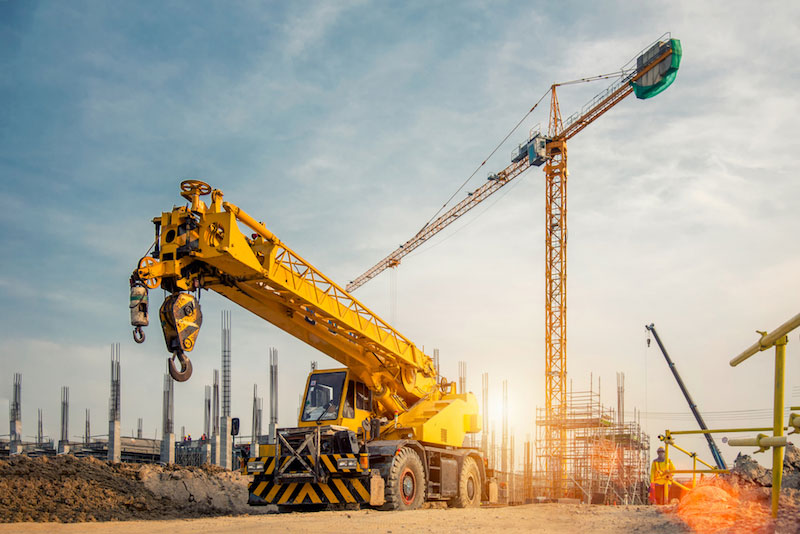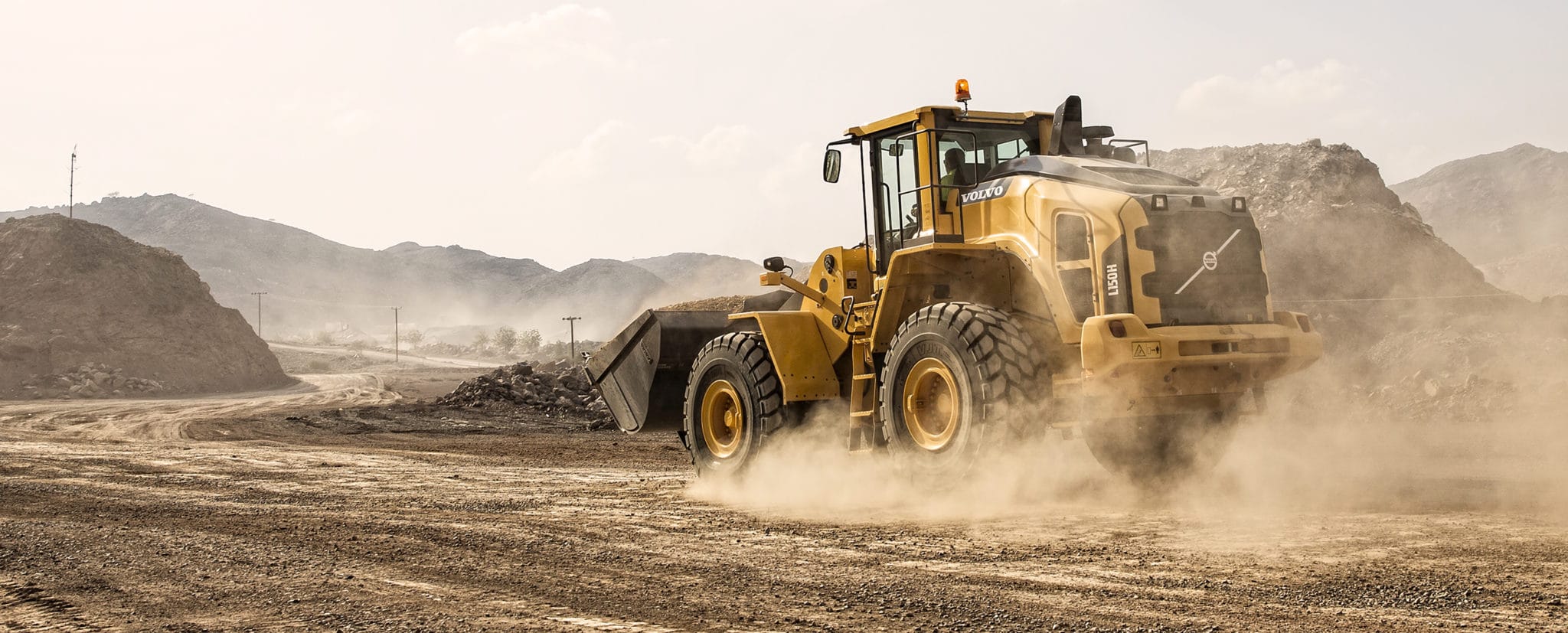Discover the Best Rental Company Near Me for Equipment
Discover the Best Rental Company Near Me for Equipment
Blog Article
Renting Out Vs. Acquiring Building Equipment: Making the Right Selection for Your Project
When getting started on a building and construction job, one of the important choices that project managers and stakeholders encounter is whether to lease or acquire construction devices. The decision hinges on various variables such as expense considerations, task duration, tools maintenance, scalability, threat, and flexibility monitoring.
Cost Considerations
When reviewing the financial element of purchasing versus renting building and construction equipment, the ahead of time costs and long-lasting costs must be meticulously thought about. Leasing tools typically calls for lower preliminary settlements compared to purchasing, making it an eye-catching choice for temporary jobs or service providers with spending plan restraints. Renting out removes the requirement for huge capital investments and minimizes the economic threat connected with equipment ownership, such as maintenance and devaluation prices. However, over time, constantly renting equipment can accumulate higher costs than buying, specifically for extensive jobs.
On the other hand, acquiring construction devices includes greater upfront prices yet can lead to long-term cost savings, particularly for long-lasting jobs or frequent individuals. Possessing equipment provides versatility, comfort, and the capacity for resale worth once the task is finished. Additionally, possessing tools enables for personalization and knowledge with details machinery, potentially raising efficiency and efficiency on-site. Ultimately, the decision in between buying and renting building equipment rests on the task's duration, frequency of usage, spending plan considerations, and lasting monetary objectives.
Project Period

On the other hand, for long-term jobs or ongoing construction job, purchasing devices can be the extra economical option. Purchasing equipment can bring about cost financial savings in the lengthy run, especially if the tools will certainly be frequently used. Additionally, possessing devices offers a sense of control over its accessibility and permits for personalization to fit specific job demands.

Tools Upkeep
Provided the important role job duration plays in identifying the most affordable approach between renting out and purchasing construction tools, the focus currently shifts in the direction of analyzing the essential element of equipment upkeep. Appropriate maintenance is critical for making sure the ideal performance and long life of building and construction tools. Renting out devices typically includes the advantage of having well-maintained equipment offered by the rental firm. This can reduce the worry of maintenance jobs from the task proprietor or service provider, saving time and initiative. On the various other hand, owning equipment needs a positive approach to maintenance to stop breakdowns, make sure safety and security, and extend the equipment's lifespan. Regular inspections, servicing, and timely repair work are needed to maintain owned and operated devices in leading functioning condition. Consider upkeep prices when choosing in between renting out and acquiring, as ignoring upkeep can cause costly repair services, downtime, and job hold-ups. Ultimately, a properly maintained building devices fleet, whether rented out or had, is crucial for the efficient and effective conclusion of building tasks.
Flexibility and Scalability
In the world of building tools management, the aspect of adaptability and scalability holds considerable significance for project performance and source usage. Deciding to rent out construction devices gives a high level of adaptability as it permits the quick adjustment of tools types and amounts based on the developing demands of a job. Renting enables specialists to access a variety of specific tools that might be needed for certain tasks without the lasting dedication of ownership. This versatility is especially beneficial for projects with differing needs or unsure periods (boom lift from this source rental).
Moreover, scalability, one more critical variable, is inherently connected to flexibility. Renting building devices uses the benefit of easily scaling operations up or down as job needs vary. Contractors can swiftly trade or include devices to match the job's altering requirements without the restraints of possessing properties that may become underutilized or out-of-date. This capacity to range sources successfully can cause cost savings and improved task timelines, making renting a favorable alternative for tasks needing versatility and responsive resource allowance.
Danger Monitoring
Reliable threat monitoring in building devices operations is vital to making certain task success and mitigating prospective financial losses. Construction tasks inherently involve various risks, such as equipment malfunctions, mishaps, and project hold-ups, which can dramatically influence the job timeline and budget plan. By meticulously thinking about the threats connected with owning or leasing building and construction devices, project supervisors can make informed choices to reduce these potential dangers.
Renting out construction devices can supply a degree of danger mitigation by moving the responsibility of maintenance and repair services to the rental company. This can lower the monetary burden on the job proprietor in case of unanticipated equipment failures (equipment rental company). Furthermore, renting out provides the versatility to accessibility specialized tools for certain job phases, reducing the threat of owning underutilized machinery
On the various other hand, having building and construction equipment gives a feeling of control over its use and maintenance. However, this additionally implies bearing the full responsibility for repairs, upkeep costs, and devaluation, raising the monetary threats connected with tools ownership. Mindful risk analysis and consideration see this of aspects such as task duration, tools application, and upkeep needs are important in figuring out the most appropriate choice for effective danger monitoring in building and construction projects.
Conclusion
In final thought, when deciding between leasing and buying construction equipment, it is essential to think about cost, job duration, devices maintenance, scalability, flexibility, and threat management. Each element plays a critical role in establishing the most suitable alternative for the task handy. By meticulously examining these elements, project supervisors can make an informed choice that lines up with their budget plan, timeline, and total job objectives.

Report this page